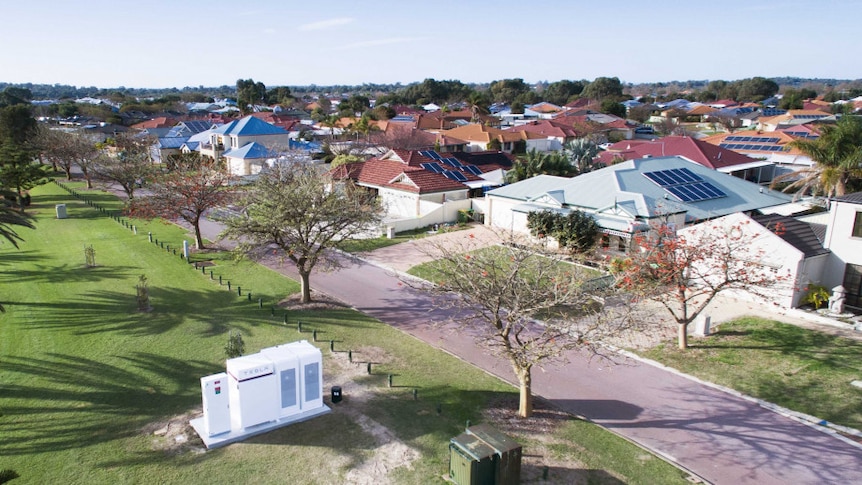In 1986 we were quoted $125K to put the power on. We went solar and at that time, it was $10/ watt. It is now $1.00 per watt. At the heart of the issue is that most solar is grid connected and when the grid fails so does the home power. There is a huge cry about the price of batteries. It is in my mind media and power industry driven. Tubular lead has a similar profile to lithium at 1/4 the cost. We are using tubular lead batteries and only have a problem after 5 days overcast.
There is a simple solution of a mini grid or community grid where a number of people agree to power share. Each puts in a small contribution to maintenance and replacement and receives credits for power in and deductions for power used. At the end of a set period of time, plusses and minuses are worked out and finances are levelled reverting to zero, When the system is fully charged, the community inputs are stopped, only recommencing when the available load drops below a preset threshold. BP Solar is using this in remote Australian communities because it is way cheaper than running poles and wire, particularly after bush fires and floods.
Getting off the grid is doable but I think if this happened on a wide scale, the Government would jump in to change the rules in favour of the energy providers.
Good information about microgrids from our national broadcaster:
https://www.abc.net.au/news/science/2023-08-22/are-all-renewable-microgrids-the-future-for-regional-australia/102732654









